This is the second installment of the wiring, mainly with the value of the friends to talk about the origin and development of the home theater channel and the different channel position, the next one is the last one of the wiring articles, will speak specifically First, the actual operation problems in the wiring process.
Although the two-channel stereo sound quality and sound field effects are much better than mono sound, its limitations are also exposed in home theater applications. The two-channel stereo system can only reproduce a spatial sense of a two-dimensional plane, that is, the entire sound field is placed in front of us in a flat manner, and it does not allow us to have a sense of presence in it. Of course, since the concert, the audience was originally sitting in the audience, and the band playing staff are located above the stage, a simple sense of direction sense of direction and a live concert stereo sound field can be reproduced this is in line with So that it still meets the need for appreciation. However, when enjoying the film, the overall three-dimensional sense of the sound field can undoubtedly give the audience a lively presence in which the multi-channel technology has also begun to develop.
Stereo 2.0
2.0 is also called stereo. Stereo means sound with a stereoscopic effect. The sound emitted by nature is stereo, but if we reprocess these stereos after recording, amplifying, etc., all the sounds are emitted from a speaker, and this playback sound (compared with the original sound source) is not stereoscopic. Now. At this time, since various sounds are emitted from the same speaker, the original sense of space (especially the spatial distribution of sound groups) disappears. This replay is claimed to be monophonic. If the entire system can be recovered from recording to playback, it can restore the sense of space of the original utterance to a certain extent (it is impossible to fully recover). Then, this kind of reproduction sound with a certain degree of spatial distribution such as azimuth sense is called stereo in audio technology.
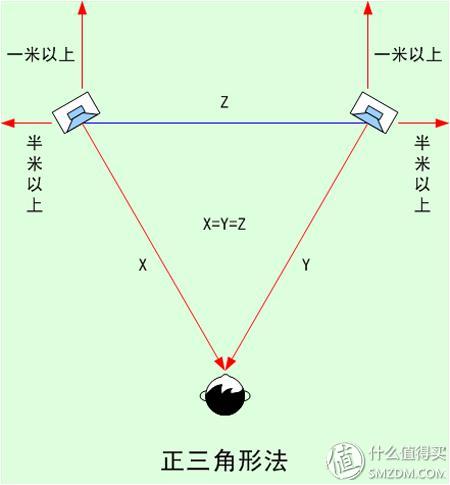
We often listen to CDs, MP3s, APEs, all belong to the category of stereo, he needs two speakers to play back all the information. The 2.1 is a variant of the 2.0 playback - 2.1 The playback of the most difficult bass, with a single channel to play back, the carrier of this channel is called the subwoofer.
Surround 5.1In fact, multi-channel also experienced the initial era of 3.0, 4.0, 5.0, and 5.1. It was the AC3 and DTS encoding in DVD. It first brought us into the 5.1-channel era. The 5.1-channel recording is very complicated. The recording engineer collects all kinds of materials, then mixes them all by hand, and then enters each of the 5.1-track audio tracks. The main carriers of 5.1 are DVD movies and DVD recordings (DVD audio, mainly recording 5.1 LPCM-based).
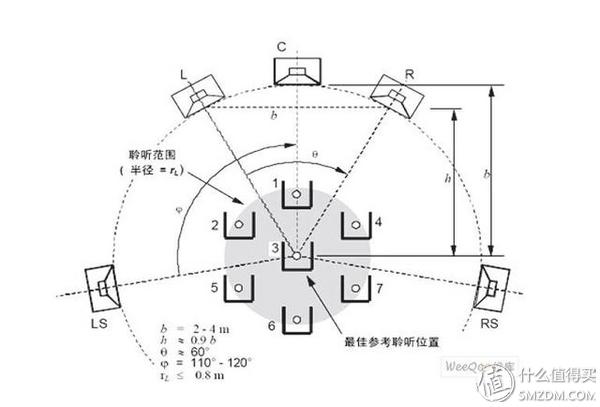
Generally speaking, in most movies, the center channel will play back 90 percent of the dialogue, while the stand is responsible for the front sound field construction, and the surround is responsible for the sound field construction on both sides.
Many people like to say the name after the ring in the 5.1 era, because they take it for granted that the 5.1 surrounds the surround sound field and think of it as a rear ring. But in reality, these two boxes are not placed behind, they are generally called surround or side surround in the amplifier settings. True, they are side rings.
6.1-channel and early 7.1-channelThe biggest problem with 5.1 is that there are no physical speakers in the rear and the human ear is particularly insensitive to the sound behind.
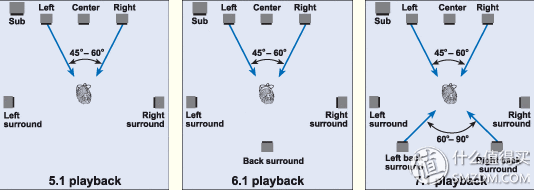
In order to solve this problem, Dolby has introduced Dolby digital EX, an updated version based on Dolby digital 5.1. DTS introduced the corresponding DTS ES, both of which are 6.1 encoding formats.

Dolby Dolby Digital EX adds a rear surround on Dolby 5.1. We can add it as a “post-neutral†so we can upgrade from Dolby 5.1 six-channel to Dolby 6.1 seven-channel. . With this rear center channel, we can use the body and mind to experience the important transitions and hints between the left and right channels, so that we can experience the real sense of presence and use a word to describe it as immersive. . There are many films that currently support Dolby Digital EX, such as "The Drifter" "Gladiator" "Star Wars Forward" "Magic Ring Ring King."
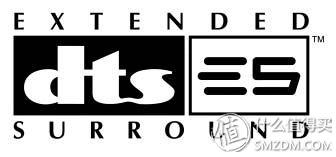
DTS-ES is called "extended surround sound" and is divided into DTS-ES separation 6.1 and matrix 6.1. DTS-ES is an enhanced version of DTS 5.1 channel. When DTS-ES separates 6.1 decoding, the decoder considers the core part and the extension part of the DTS signal as a whole, and the left/right channel can be recovered by arithmetic subtraction. The surround center (also called back center) is Direct decoding results in a completely separate 6.1 sound field. While matrix 6.1 decodes only the core of the signal, ignoring the extended part, the DTS's patented post-processing ES matrix module still produces a 6.1 "expanded surround" sound field. To put it simply, there is 6.1 in the original recording, and 6.1 based on the algorithm.
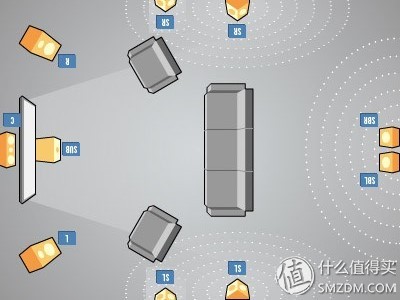
Before Blu-ray came out, before Dolby TrueHD and DTS HD were released, the 7.1-channels were based on 5.1 or 6.1 original recordings, and then upgraded to 7.1-channel playback with the amplifier algorithm. Therefore, the two rear surrounds at the time were generally closer in the placement position. That's because they were originally a channel.
Next Generation 7.1 ChannelThe next generation is the coming era of Japanese language. Since the first generation of home theater amplifiers is often started from Japan's four major power amplifiers - Tianlong, Marantz, Onkyo and Pioneer. As a result, in the Blu-ray audio and video upgrade process, the audio finally broke through from the data volume and the number of original recording channels, allowing the 7.1-channel DTS HD and dolby tureHD to put on the title of the next-generation audio track. This is truly a true, original 7.1-channel home theater format and a real breakthrough. The DTS company also came out with the corresponding format DTS HD.
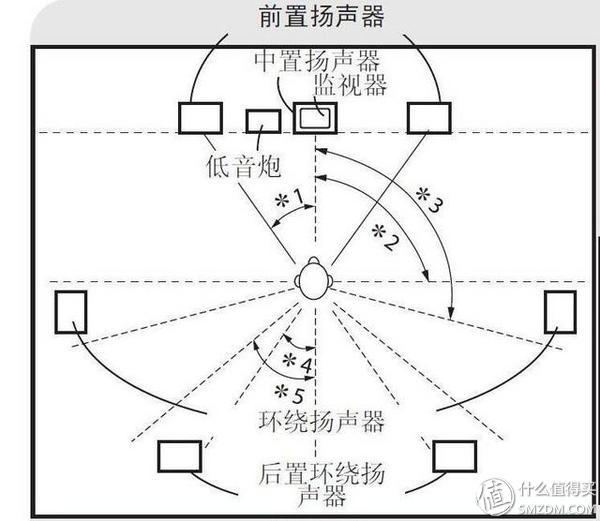
Next, let's take a look at the train of thought. After the rear channel is also called the rear center channel, we can use the surround Back to call the unified name. Later on, there were also computer-simulated surround back L and surround back R, but they were basically sounds drawn from two sides of the surround. The surround back L and surround back R based on Dolby tureHD and DTS HD are truly completely separate. So they are no longer trying to get close enough to say anything.
Immersive surround sound era, 7.1.4 or higherWhen the vocal tract continued to progress, a bottleneck appeared—all previous recordings were based on vocal tracts, and the recording engineer had to consider when each vocal tract would be produced and then form a whole. If only 5.1, it's a little simpler. Making 7.1 is already complicated, so even with the 7.1-channel format, there are still many movies that only do 5.1. If you go up one level, do you have 9.1 or 11.1? Not to mention the difficulty of production, the huge amount of data in the original soundtrack before it was compressed put people crazy. As a result, a new mixing technology emerged, based on the image.
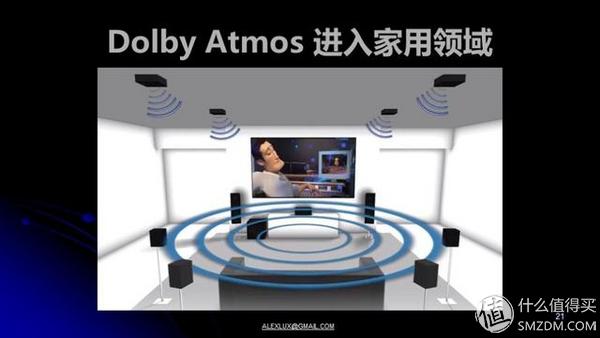
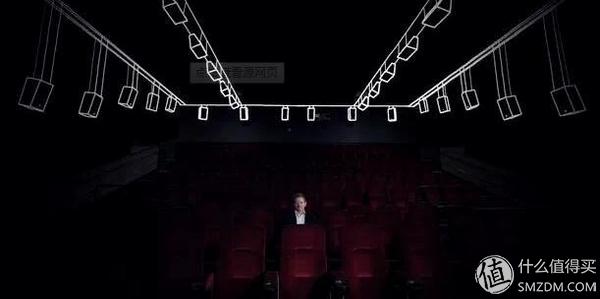
Based on the fact that the image is relative to the previous channel-based method, which was previously based on the channel, you have to do 5.1 to mix each channel, and you have to mix six to 5.1 channels. If it is 7.1 then it will mix 8. And based on the object, I don't think about how many channels you use to play back. I only want to see what sounds appear in the movie, and then set the coordinates and the trajectory for these sounds.
Then, how many channels of home theater do you use, the amplifier automatically calculates, and sends these sounds to the corresponding channels separately. Dolby Atmos is the first format to operate this technology. At the same time, in order to make the sound more vivid and more inspiring, Dolby ATMOS also added overhead sky channels.
Well, if you still don't understand, I use cooking to make the simplest metaphor. For example, if I want to make five dishes and one soup today (5.1), then I must prepare the ingredients for each of the five dishes and soups, then fry them one by one in a pan and then place them separately.
And now, I got a very amazing machine that can help me cook 11 soups (7.1.4). What I need to do is to prepare all the side dishes for the dishes and soups and then throw them into the machine according to certain specifications. Next, the machine will automatically allocate these dishes into 11 dishes and one soup.
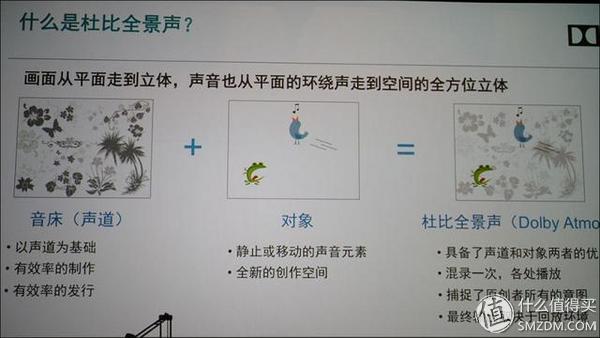
The magical machine is Dolby's panoramic sound. The sound bed and object above are the raw materials for cooking.
As mentioned above, the five dishes and one soup that are cooked out of the pot are the track format of the traditional 5.1 and 7.1 channels. The magical machine is a brand-new format based on objects like the current Dolby ATMOS and DTS X. And, the format of 7.1.4 is only just the beginning. As home theater amplifiers progress (platters increase), he can distribute sound to more channels. Next, let's put on Dolby Panorama, the most common types of pendulum bitmaps.
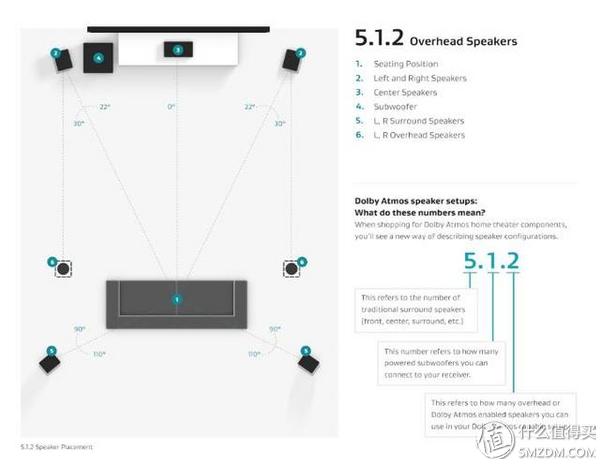

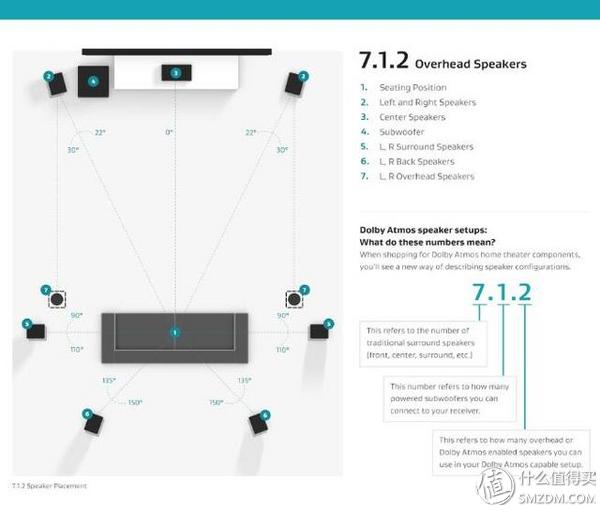
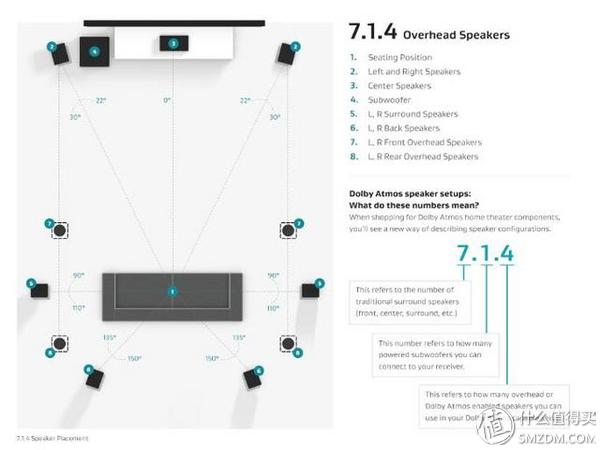
The highest Dolby Sound home standard is 34 channels, as shown below.
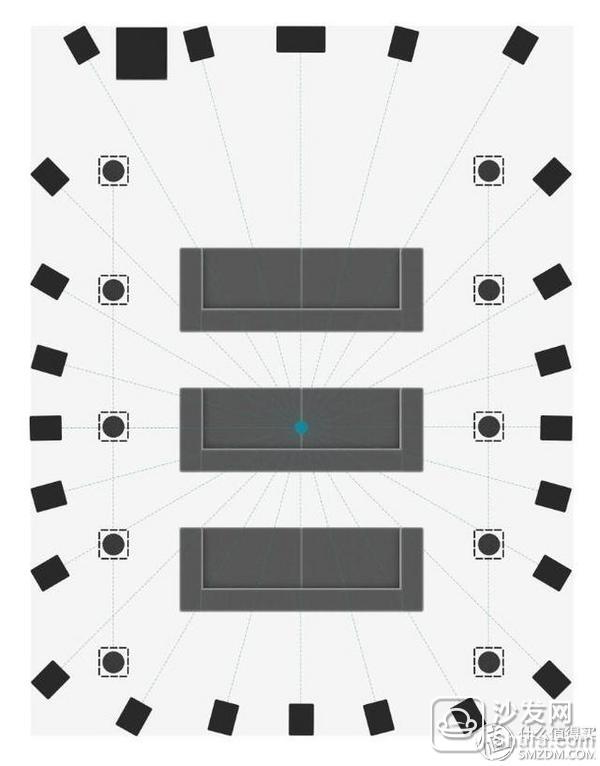
Written in the end believe that today's article, whether it is 5.1, 7.1 or panorama should be how to place, we should all understand. Here I only remind one thing - if the user is a sofa against the wall, do not go after the pursuit of 7.1's surround, if the speaker and listen to the sound out of place, then it is useless.
In the next article, we will update the last one of the wiring articles. We will talk to our friends about how to operate the wiring.
Accumulator Products,Lead Acid Batteries,Traction Batteries,Stable Power Car Battery
Shaoxing Honyo International Trading Co., Ltd , https://www.honyopower.com